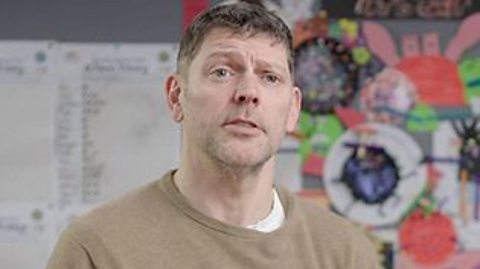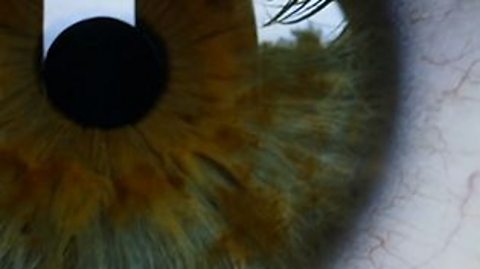Key points
- Malnutrition is a serious health problem. It happens when people do not eat the right amounts of nutrientA substance needed by an organism to stay alive and healthy. For example, carbohydrates, proteins and lipids..
- Too little food, or a lack of nutrients, can cause deficiency diseases or death.
- Too much food results in obesityMedical term for being very overweight, owing to the excessive accumulation of body fat.. This may cause heart disease or type 2 diabetesA disease more common in older people where person's body cells no longer respond to insulin produced by the pancreas.
Video - identifying malnutrition
Find out about the effects and treatment of malnutrition from a charity worker
Malnutrition is a condition that you get when you don't get the right kind of food in your diet.
My name is Dan Walden. I'm the Senior Programmes Specialist for Emergencies here at UNICEF UK.
Malnutrition can be broken down into kind of two areas. First one is acute malnutrition. That's the immediate risk to a child's life. There's not enough nutrients in the food that the kid is getting, their immune system is going to drop massively. On the other side of the coin, you've got chronic malnutrition which can result in stunting, where your body and your brain haven't developed into their full potential.
To identify malnutrition in children, remember, we're thinking about undernourishment, not getting enough nutrients, we use one of these, it's a MUAC band. Basically, we wrap it around the upper arm of the kid and we can see how small that's become. Sometimes, it's like right down to the size of a two pound coin.
In order to treat severe acute malnutrition, that's when the MUAC band has gone right around to red, we have something called ready-to-use therapeutic food and it is in a little sachet, ready to use, and it can really, really save a life.
It's about understanding the value of the nutrients, it's awareness, it's access to the food. This is an issue for everyone. It's not just an issue in developing countries.
Can you answer these questions based on the video?
1. What are the two types of malnutrition?
2. What is the main food group in the ready-to-use therapeutic food sachet?
Acute and chronic malnutrition.
Carbohydrate.
Types of malnutrition
Malnutrition happens when people do not eat the right amounts of nutrients. Malnutrition can occur all over the world - it is not just a problem in developing countries.
Eating too little food can cause two types of malnutrition:
Acute malnutrition - when a person is at immediate risk of dying.
Chronic malnutrition - when a person does not grow or develop fully.
Malnutrition can also occur when people eat too much food or large amounts of foods that are high in fat or sugar.
These people may become overweight or even obese. Obesity can lead to life-threatening conditions, including type 2 diabetes, heart disease and some types of cancer.
Deficiency diseases

Some people eat enough food to supply their energy needs, but are short of certain vitamins and minerals. This causes deficiency diseases. For example:
Iron deficiency causes anaemia. This leads to tiredness and shortness of breath.
Vitamin A deficiency can result in blindness.
Vitamin C deficiency causes scurvy. Symptoms of scurvy include bleeding gums, bulging eyes and scaly skin.
Protein deficiency can affect many bodily functions, often resulting in swollen, puffy skin and muscle wastage.

Tackling malnutrition
Health and charity workers need to understand nutrition. They use their knowledge to decide whether a person is malnourished. For example, they might use a MUAC band to measure the circumference of a child’s arm. If the arm is too small, the child may have acute malnutrition.
A person with acute malnutrition needs immediate help. This might include giving them life-saving food powder, called ready-to-use therapeutic food, which can be eaten straight from the packet. Ready-to-use therapeutic food is high in energy. It contains large amounts of lipids and carbohydrates.
People with chronic malnutrition also need support. Health and community workers can teach families how to cook nutritious food. Governments can help to make sure that nutritious food is available, and that people are able to grow or buy it.
Test your knowledge
GCSE exam dates 2025
Find out everything you need to know about the 2025 GCSE exams including dates, timetables and changes to exams to get your revision in shape.

More on Nutrition, digestion and excretion
Find out more by working through a topic
- count6 of 15

- count7 of 15

- count8 of 15

- count9 of 15
